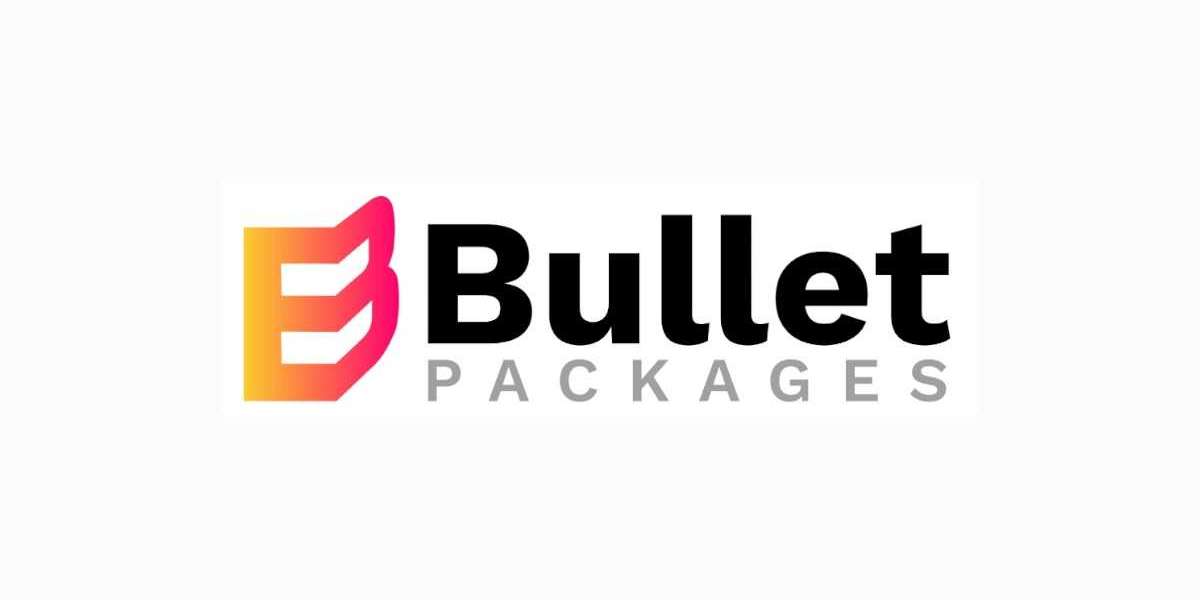Paper boxes are one of the most widely used packaging solutions in the world today. From protecting delicate items during shipping to enhancing the presentation of a luxury product, paper boxes offer a combination of functionality, sustainability, and versatility that few other materials can match.
What Are Paper Boxes?
Paper boxes are containers made from paper-based materials such as cardboard, kraft paper, corrugated fiberboard, and paperboard. These materials are chosen for their strength, printability, and recyclability. Depending on the type of paper used, boxes can be lightweight or highly durable, suitable for a wide range of applications.
Common Uses
Paper boxes are found in nearly every industry:
- Retail Packaging: Used to package products ranging from cosmetics and electronics to clothing and accessories. Custom designs and printing help strengthen branding and attract customers.
- Food Packaging: Popular in the form of pizza boxes, takeaway containers, bakery boxes, and cereal cartons. Food-grade paper ensures safety and hygiene.
- Shipping and Storage: Corrugated paper boxes are a staple in logistics due to their strength and protective qualities.
- Gifts and Crafts: Decorative paper boxes are ideal for presents, party favors, and DIY projects.
Advantages of Paper Boxes
- Eco-Friendly: Most paper boxes are recyclable and biodegradable, making them an environmentally responsible choice.
- Customizable: They can be printed, embossed, or laminated to suit brand needs or aesthetic preferences.
- Lightweight Yet Strong: Especially when reinforced with corrugation, paper boxes can handle heavy loads while remaining easy to transport.
- Cost-Effective: Paper is generally cheaper than other packaging materials like plastic or metal, especially for bulk orders.
- Safe for Food Contact: With proper treatment, paper is a safe material for direct food contact.
Environmental Impact
One of the key drivers behind the growing popularity of paper boxes is their sustainability. Unlike plastic, which can take hundreds of years to degrade, paper decomposes relatively quickly and can be recycled multiple times. As consumer demand shifts toward eco-conscious products, businesses are adopting paper packaging to reduce their environmental footprint.
However, it’s important to source paper responsibly. Forest stewardship certifications (like FSC or PEFC) ensure that the paper used in boxes comes from sustainably managed forests.
Innovations in Paper Box Design
With increasing focus on sustainability and aesthetics, manufacturers are innovating in paper box design. Trends include:
- Minimalist packaging: Reduces waste and appeals to environmentally aware consumers.
- Smart packaging: Includes QR codes or NFC chips for enhanced customer interaction.
- Reusable designs: Boxes designed to be repurposed, such as foldable storage or drawer-style packaging.
Conclusion
Paper boxes are more than just containers—they are a key part of product identity, customer experience, and environmental responsibility. As technology and consumer expectations evolve, the humble paper box continues to adapt, proving that even simple solutions can make a big impact.











